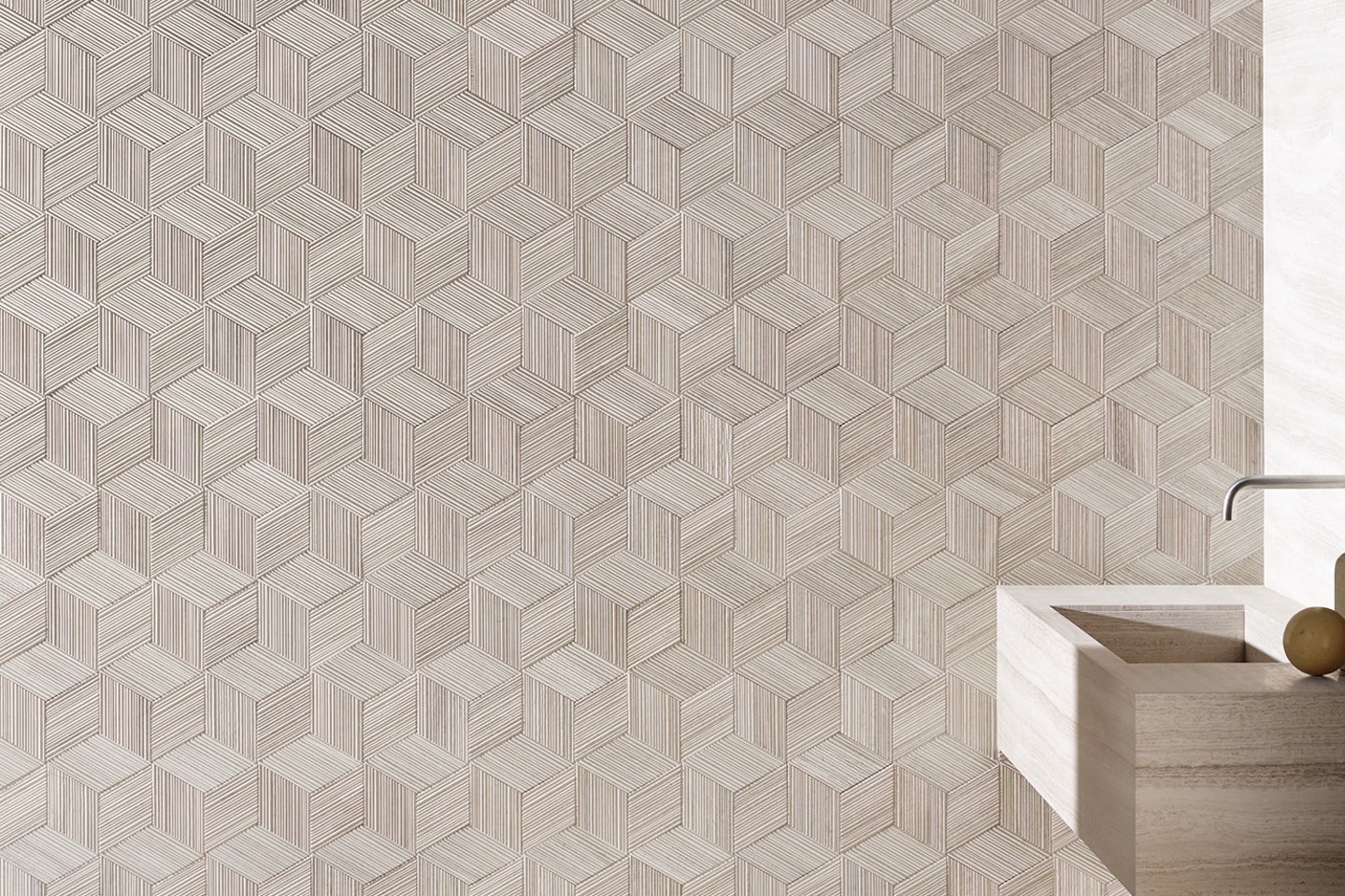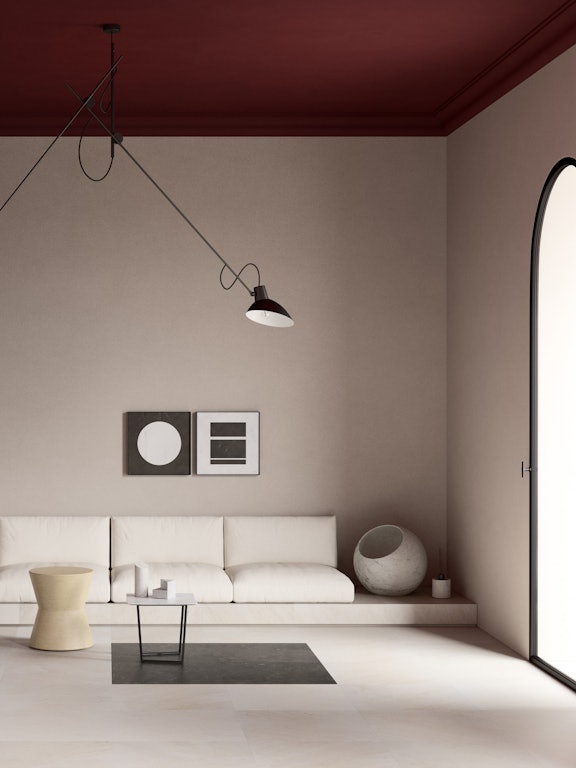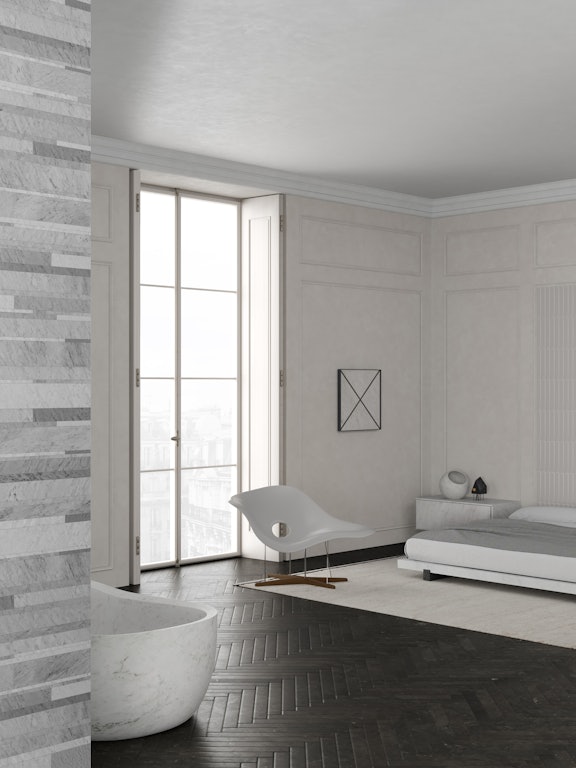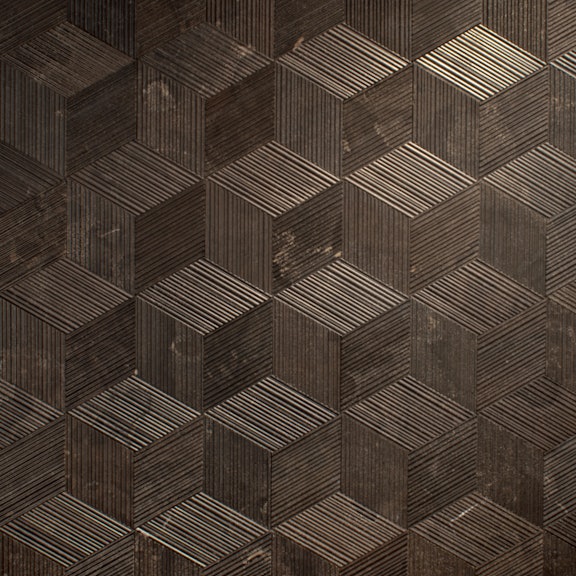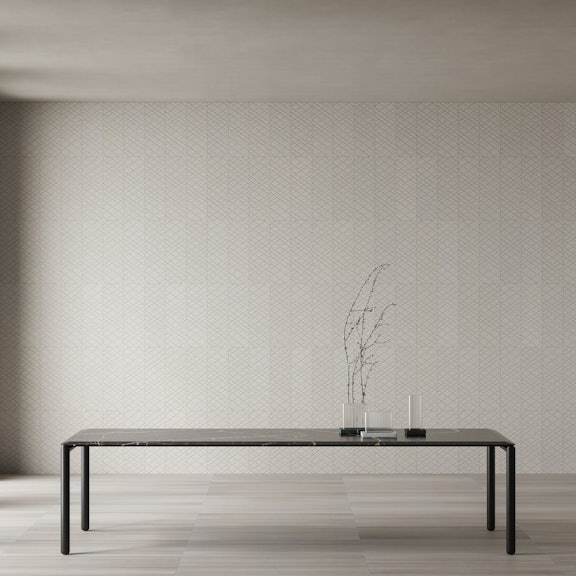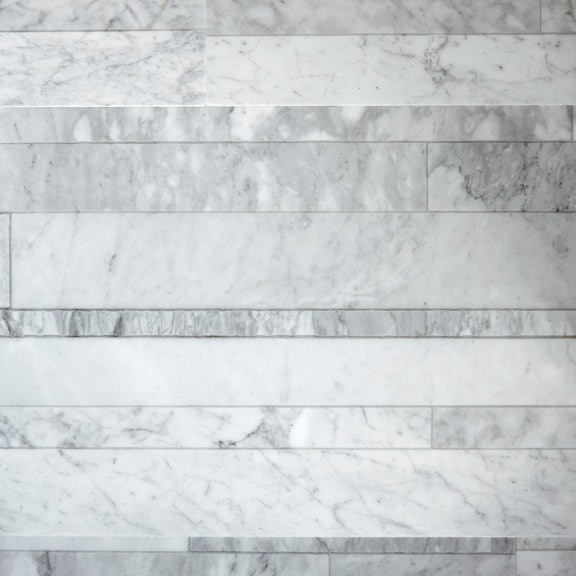Marble is an example of sustainability
03.2022
Discover two incredible Salvatori creations which combine beauty and eco-sustainability: Lithoverde® and Romboo
Examples of sustainability: marble
At Salvatori, nature is very important to us. We live in a world in which our green lung is in in-creasingly urgent need of attention, a responsibility that concerns us all, both in our small daily gestures and in our big plans.
This is why our corporate philosophy never forgets the importance of environmental impact, of our role and of our responsibilities in a production that always puts eco-sustainability first. In our opinion, every company must constantly seek a solution that leads to the creation of products that are as close as possible to the needs of nature.
Here at Salvatori we know this well, and we have found two examples in particular which apply eco-sustainability to design and beauty.
Let’s go and see why Lithoverde® and Romboo are so important to us.
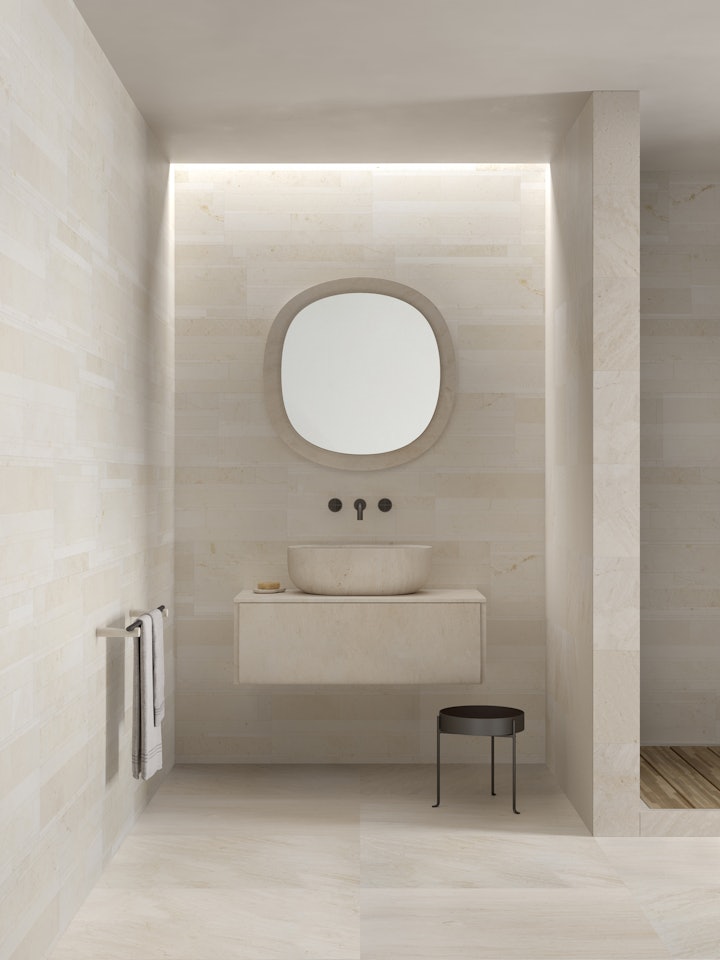
99+1=nature: Lithoverde®
There are some names that we are particularly proud of, because they emphatically convey our philosophy and identity. Lithoverde® is one of these names. It represents Salvatori’s uniqueness through an admirable record, that of being the first texture in the world made with recycled stone.
One of the age-old problems of stone processing is the accumulation of offcuts. Salvatori’s great intuition in conceiving Lithoverde® was to no longer think of this as waste, but rather as a resource, to eliminate scraps that would undermine the health of the envi-ronment. By placing this waste material, which will make up 99% of the final product, in an auto-clave, air is sucked out to create a vacuum and a natural soy-based resin (the remaining 1%) infil-trates to act as an adhesive.
Lithoverde®’s appreciation and recognition was immediate and manifold: first of all, the SCS (Sci-entific Certification Systems) certification, awarded by the world’s leading body for eco-sustainable building materials.
Its use also substantially helps the building with which it is con-structed to obtain a high LEED score, an acronym that stands for Leadership in Energy and Envi-ronmental Design, a system of values created by the U.S. Green Building Council to reward archi-tecture that stands out in the eco-sustainable world.
Not only green, but also beautiful: the fact that it is made from waste materials in no way means that Lithoverde® is forced to renounce aesthetic gratification, quite the opposite. British architect John Pawson, for example, immediately realised this, and in 2010 he built his House of Stone entire-ly out of Lithoverde® Piombo on the occasion of the Milan Design Fair.
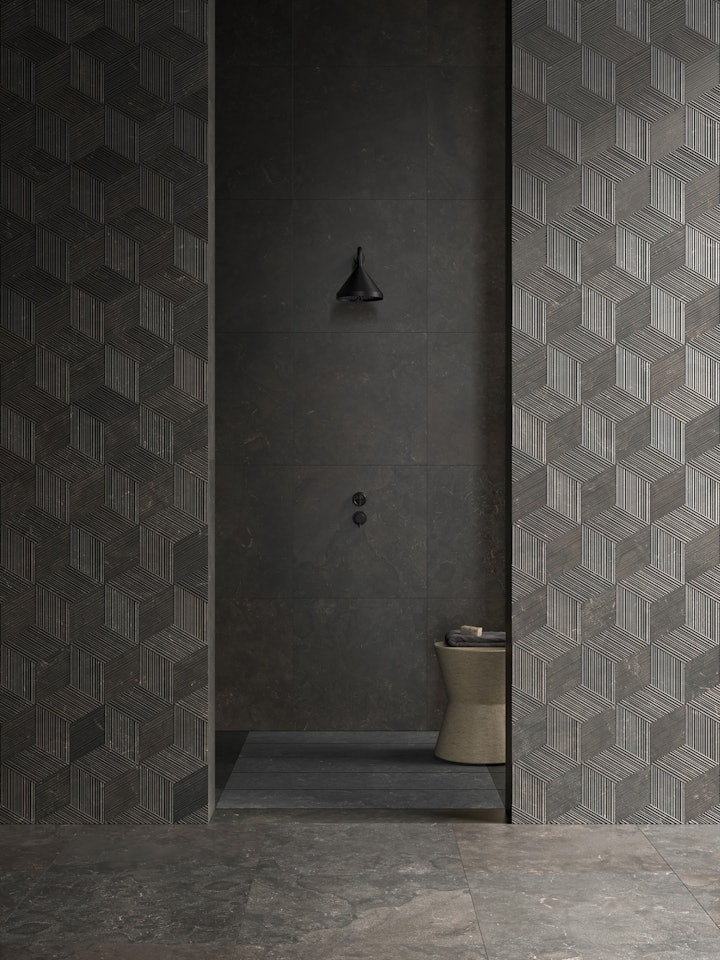
Op art in the name of green: Romboo
Another Salvatori solution speaks the same language as Lithoverde®, that of recovering waste-materials and creating sublime workmanship in the name of eco-sustainability.
Romboo: a solution that was born with the support of another big name in our family, Bamboo.
The idea was as simple as it was revolutionary: to use Bamboo waste to reinvent a new aesthetic, a new geometry of dia-mond-shaped tiles. Therefore the interest in environmental impact was combined with a surprising visual impact, an eternal play with light, hexagonal Op art available in four variants (Bianco Carrara, Crema d’Orcia, Pietra d’Avola and Silk Georgette).
To prove how this so-called waste material is anything but a qualitatively and aesthetically choice, is suffice to say that you can find elements made from Romboo in the magnificent Sota Building in Bilbao, created in the early 1900s and extensively renovated in 2016, when designer Juan Marchante inserted several Salvatori textures.
We have seen how Salvatori never puts the importance of eco-sustainability in second place, cre-ating designs with materials that know how to embrace the needs of our beloved globe, of our green home.
If you are interested in learning more and want to become better acquainted with Lithoverde® and Romboo, do not hesitate to contact us: we will be delighted to satisfy all your curi-osity.
